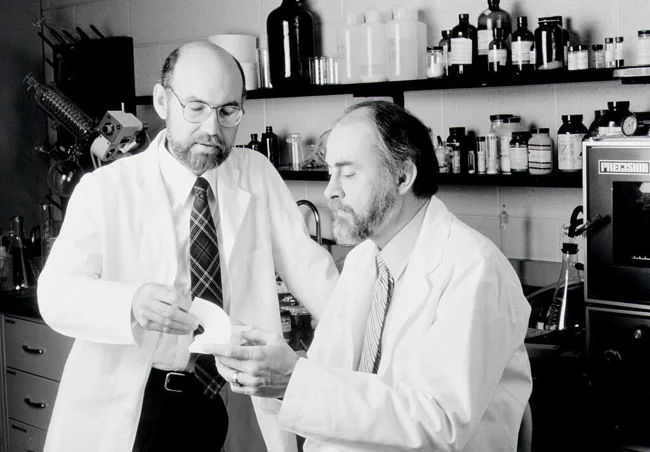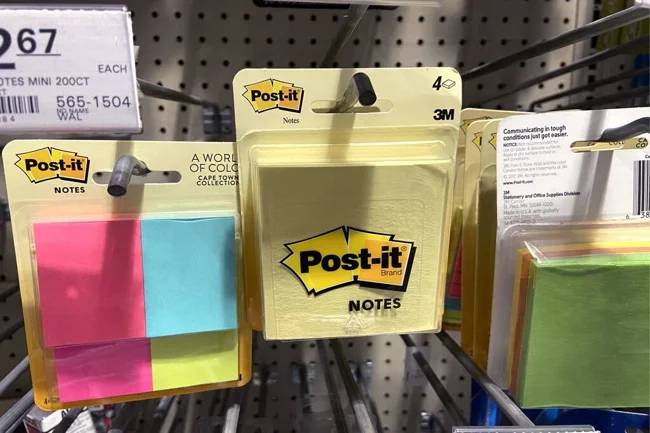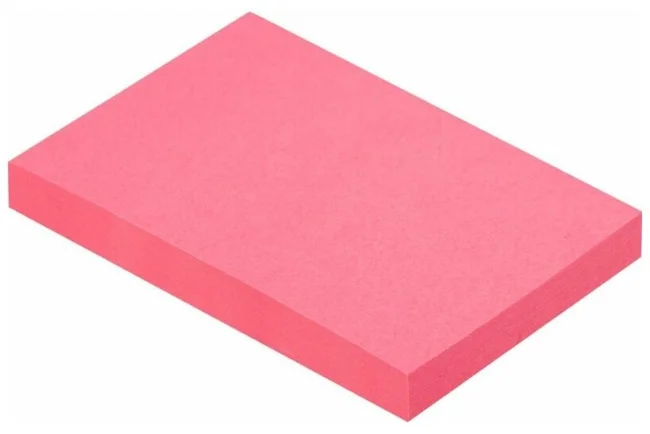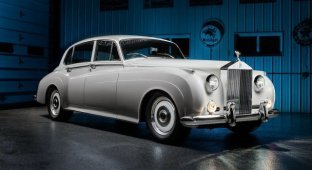The real story of stickers: how an unsuccessful glue became a cult product (5 photos)
Sticky notes are now an integral part of almost any office, home, school or other desk. 
Stick-up notes have become a symbol of creativity, and they are as recognizable as a light bulb. But few people know that this product was one step away from failure, as are 96% of all innovations. 
Spencer Silver and Art Fry
There are two versions of this invention. And both are similar to the truth and complement each other:
The glue that was not finished. In 1968, chemist Spencer Silver from 3M tried to create a super-strong glue for aviation. But the experiment did not go according to plan: the result was a weak composition based on acrylate microspheres. It did not leave marks when peeled off, and it could be used over and over again. But 3M management just shrugged: "Who needs unreliable glue?"
The choirmaster who changed everything. Silver's colleague, Art Fry, sang in a church choir and was always losing bookmarks in his music notebook. In 1974, he came up with the idea of applying the "bad" glue to paper - and that's how the prototype of the sticker was born.
10 years of fighting against unbelief 
Even after Fry's insight, the product spent another 5 years gathering dust on the shelf. Scientists couldn't get the glue to stick to the paper and not fall off. 3M management did not see any commercial benefit in this, especially since the trial release of note paper in 1977 failed in four cities at once. It seemed that the story was over. 
But in 1978, marketer Jeff Nicholson took a risk: 3M sent out free samples to offices. The result was incredible: 90% of companies made a repeat order!
Yes, almost all innovations are rarely accepted immediately. Stickers were a snail's pace to success - as much as 11 years. People often do not understand the value of a product until they try it in action. 
And the initiative definitely needs stubborn supporters. Without Silver, Fry and Nicholson, Post-it notes would have remained useless glue. Even in the digital age, when everyone has smart devices, this simple invention remains in the top 5 most popular office products.






























